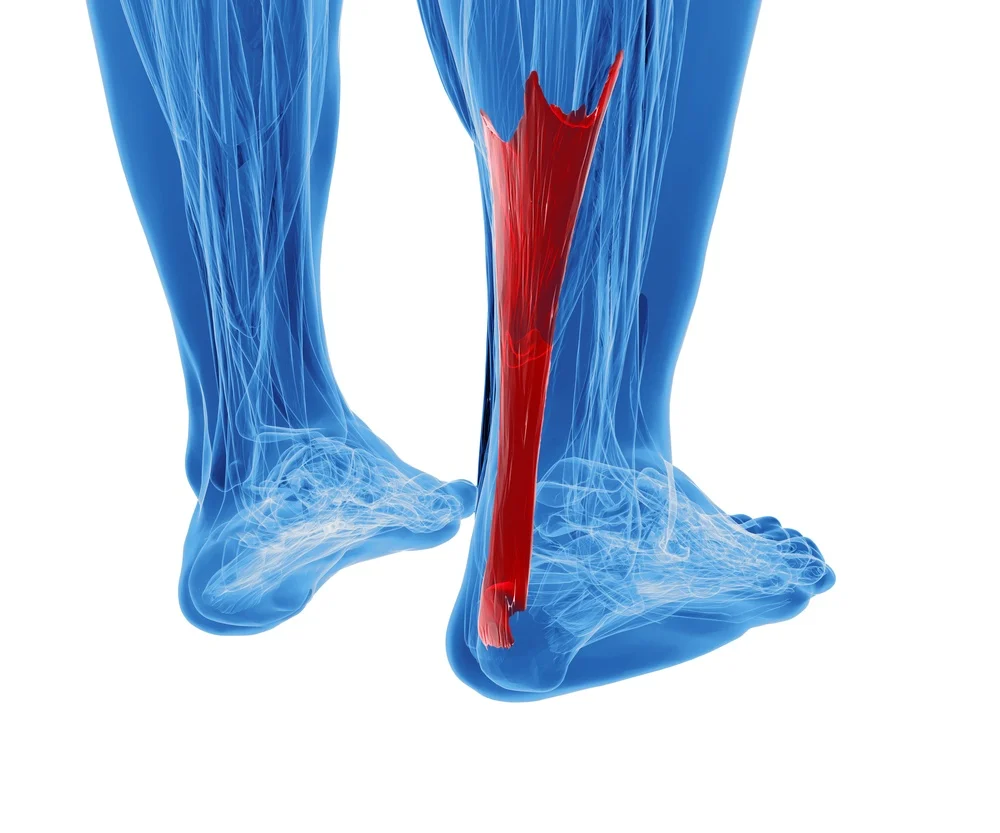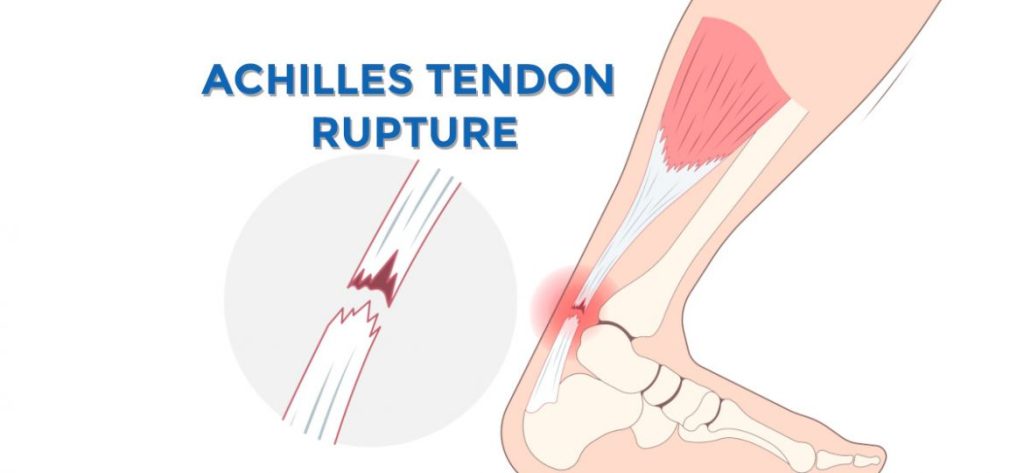
The Achilles tendon is one of the most crucial structures in our bodies, enabling essential movements like walking, running, and jumping. However, when this tendon becomes injured, it can severely impact our mobility and quality of life. That’s why it’s crucial to take proactive steps to prevent Achilles tendon ruptures. In this article, we’ll explore the causes of Achilles tendon injuries and provide practical tips to keep your Achilles tendon healthy and strong.
Understanding the Achilles Tendon:
The Achilles tendon is the largest tendon in the body, connecting the calf muscles to the heel bone. It plays a vital role in every step we take, making it susceptible to overuse and injury. Achilles tendon ruptures often occur during sports activities that involve sudden bursts of speed or intense jumping, but they can also happen during everyday activities if the tendon is weakened or strained. There are also specific risk factors that may increase the risk of an Achilles tendon rupture. These include:
- Age: Between 30-40 years
- Sex: Ruptures are five times more likely in men than in women
- Recreational sports: Sports that include running, jumping, and sudden starts and stops – such as pickleball, basketball, and tennis
- Certain Antibiotics: Fluoroquinolones antibiotics (Ciprofloxacin or levofloxacin)
- Obesity: Excess weight increases the strain on the Achilles tendon
Signs and Symptoms:
Recognizing the signs and symptoms of an Achilles tendon rupture is crucial for prompt treatment. If you experience sudden pain in the back of your ankle, accompanied by a popping sensation and difficulty walking, it’s essential to seek medical attention immediately. Oftentimes the sensation is described as “being kicked in the back of the leg” and although it may not be extremely painful, should be fully evaluated by a medical professional. Ignoring these symptoms can lead to further damage and a more prolonged recovery period.
Preventive Measures:
Proper Warm-Up and Stretching:
Before engaging in any physical activity, it’s essential to warm up your muscles and tendons to prepare them for the task ahead. Incorporate dynamic stretches that target the calf muscles and Achilles tendon, such as calf raises and heel drops, into your pre-exercise routine.
Gradual Increase in Activity:
Avoid overloading the Achilles tendon by gradually increasing the intensity and duration of your workouts. Although it may be tempting to join a pick-up basketball game after not playing for many months or years, this does increase the risk of an Achilles tendon injury. Listen to your body’s signals and give yourself adequate rest between training sessions to allow for recovery.
Footwear Selection:
Invest in high-quality footwear that provides adequate support and cushioning for your feet. Look for shoes with a firm heel counter and arch support to reduce stress on the Achilles tendon, especially during high-impact activities like running or jumping.
Strength and Flexibility Training:
Incorporate strength and flexibility exercises into your fitness routine to improve the resilience of the muscles surrounding the Achilles tendon. Focus on exercises that target the calves, ankles, and feet, such as calf raises, ankle circles, and toe stretches.
Cross-Training:
Mix up your workouts by incorporating different types of physical activity into your routine. Cross-training not only prevents overuse injuries but also helps to strengthen different muscle groups and improve overall fitness levels.
Proper Technique:
Pay attention to your form and technique during exercise and sports activities to minimize the risk of injury. Avoid overstriding or landing heavily on your heels, as this can put excessive strain on the Achilles tendon. Instead, aim for a smooth, controlled motion that engages the entire lower body.
Recovery and Rehabilitation:
If you do sustain an Achilles tendon injury, it’s essential to have the appropriate diagnosis by a medical professional who can provide a proper recovery and rehabilitation plan to ensure a full recovery.
Preventing Achilles tendon ruptures requires a combination of proactive measures, including proper warm-up, gradual progression, strength training, and attentive technique. By taking care of your Achilles tendon and listening to your body’s signals, you can reduce the risk of injury and enjoy a lifetime of pain-free movement. Remember, it’s always better to prevent an injury than to treat it after the fact, so prioritize your Achilles tendon health in your fitness routine.
References:
- American Academy of Orthopaedic Surgeons. (n.d.). Achilles Tendon Injuries. Retrieved from https://orthoinfo.aaos.org/en/diseases–conditions/achilles-tendon-rupture-achilles-tendon-tear/
- American Academy of Orthopaedic Surgeons. (n.d.). Retrieved from https://orthoinfo.aaos.org/en/diseases–conditions/achilles-tendinitis/
- Mayo Clinic. (2021). Achilles Tendon Rupture. Retrieved from https://www.mayoclinic.org/diseases-conditions/achilles-tendon-rupture/symptoms-causes/syc-20353234


